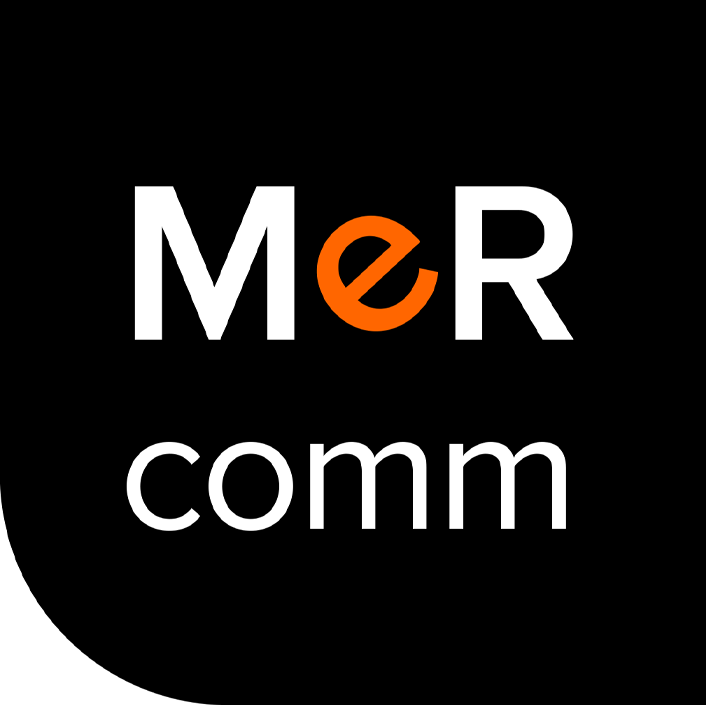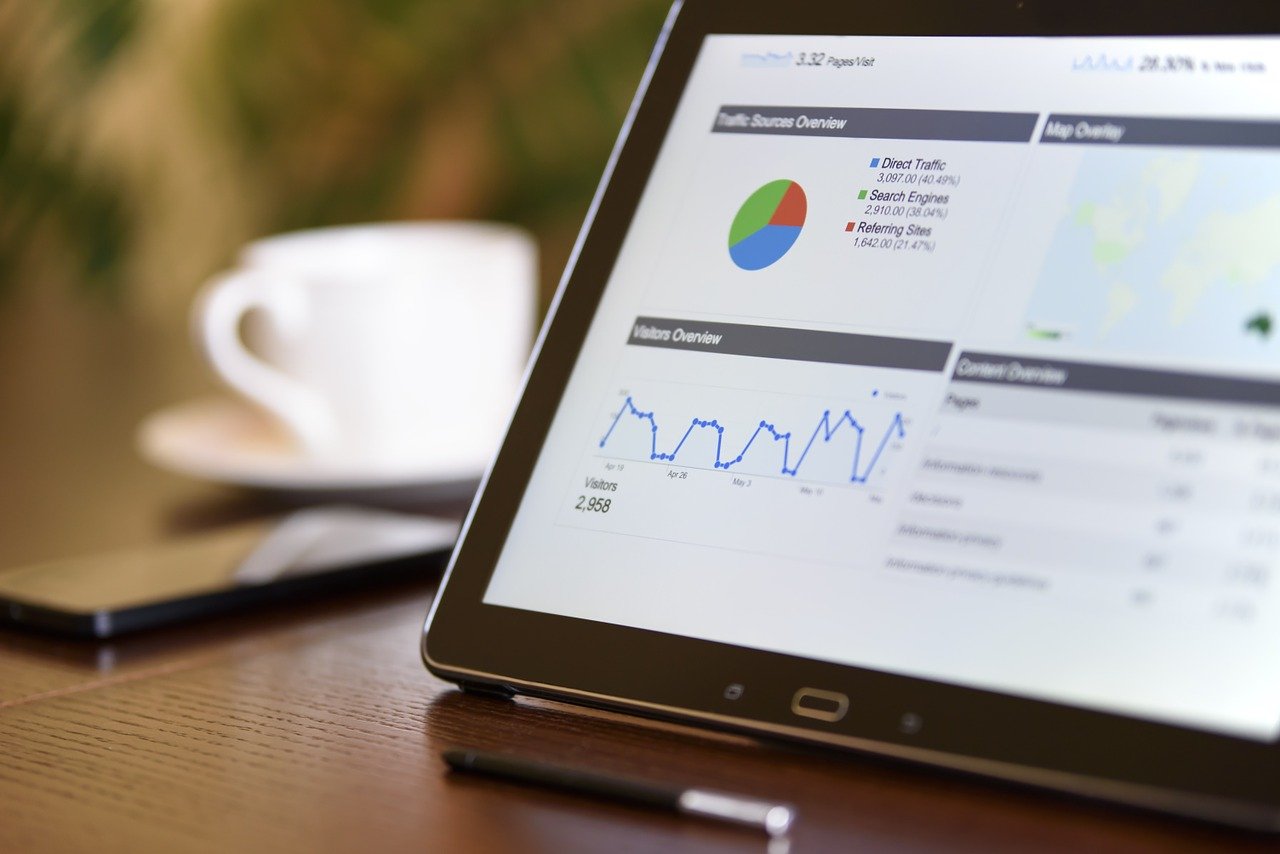What is Small Data?
We all know Big Data a little bit, at least “by hearsay.” They are the set of technologies and methods for analyzing huge amounts of data, collected with the ultimate goal of discovering links between different phenomena and predicting future ones.
But perhaps not everyone knows that there are also Big Data’s little brothers and sisters. It is Small Data, less known to the general public but of enormous importance in marketing.
Martin Lindstrom, a writer and marketing expert, distinguishes them as follows:
While Big Data provides an infinite amount of impersonal information used to predict future directions, only individual data can reveal the truth and lead to a true understanding of reality.
Small data, in fact, is based onfield analysis of customers, observation of their behaviors and habits. This, because Big Data, being averages of an unimaginable amount of data, often do not reflect the profile of the target audience.
Small Data in the LEGO® Case.
An example of what Small Data is?
The popular children’s assemblable toy brand LEGO® in 2002 decided to increase the size of the bricks because according to Big Data, “millennials” were not attracted to complex toys. Too distracted by new electronic devices.
The following year, LEGO® put larger bricks on the market and sales dropped by 35 percent in the United States.
To stem the huge loss, the company decided to resort to direct interviews with consumers to collect the aforementioned Small Data. From this data, LEGO® discovered that “millennials” like increasingly difficult challenges and being able to show off their achievements. And lo and behold, even larger boxes with even smaller bricks were offered for sale. And LEGO® was reborn.

Data, big or small, is an invaluable pool for those doing business and offering a product or service, of any kind. It is necessary, however, to know how to collect, select and interpret this information correctly.
Therefore, the ideal solution is to analyze through Big Data the entire user flow. And then move on to a more specific level, through Small Data, to get some very strong qualitative data that can target and change the entire analysis framework of one’s brand.
Do you need consulting to optimize your services?
Contact us and tell us about your project: our communication agency will be your voice
.




